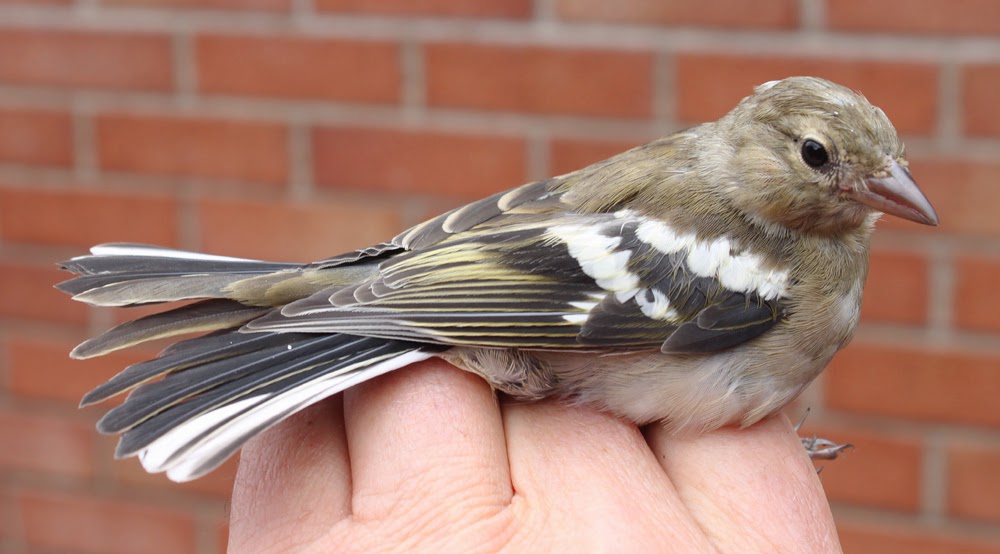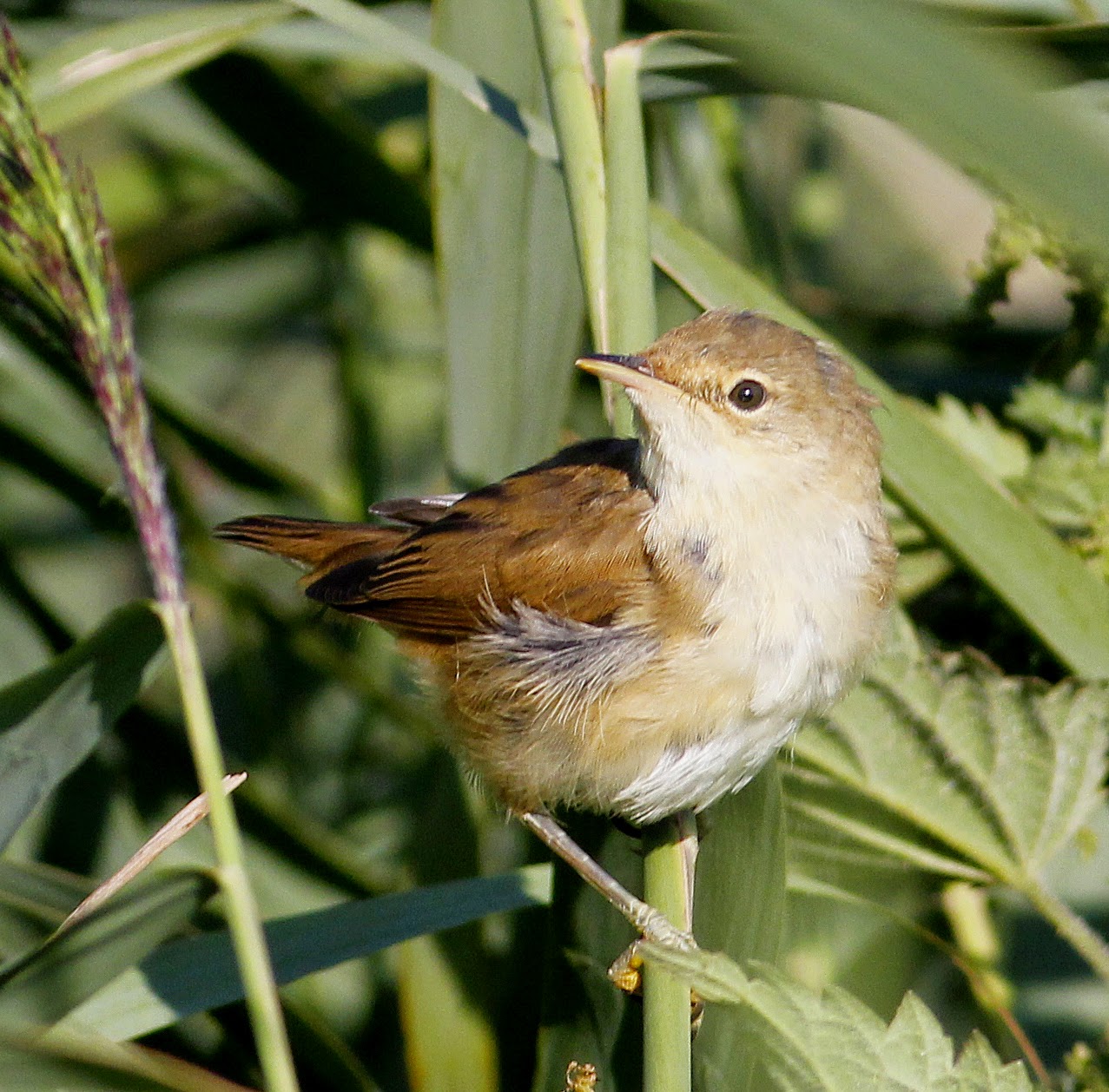There seemed to be wagtails everywhere I went this morning, mainly the black & white variety, but also the grey one and even the scarce yellow variety. There was an early autumn Merlin too.
I started off at Glasson Dock where the Swallow numbers have been tied to the ups and downs of the weather. After the rain and wind of early week and a few blankish Swallow days there was an increase to circa130 on this fine but not entirely sunny morning. There were about 10 House Martins in with the Swallows, all feeding around the moored boats as usual. Also feeding over the water was a single Common Tern, the one I noted as flying back towards Conder Green again and also arriving at the island with fishy food some twenty minutes later.
Around the moored boats and along the towpath I counted 8 Pied Wagtail, 2 Grey Wagtail and 1 Grey Heron with 70+ House Sparrows and a flock of 30 Goldfinch near the bowling green.
Grey Wagtail
After a series of high tides there’s lots of water in Conder Pool now, the muddy margins all but swamped just as the water level was looking ideal to attract autumn waders. A Kingfisher showed by flying to the sluice wall and then back along the edge of the pool on two occasions but was so reluctant to stay around that I didn’t get a single picture.
Also on the water were 1 Great Crested Grebe, 3 Little Grebe, 4 Tufted Duck, 2 Wigeon and 1 Cormorant. Also the previously mentioned 2 Common Terns at the island which have clearly nested this time to become the first pair for a number of years in the Lancaster area.
Apart from 110 Lapwings roosting on the islands the remaining waders were in the roadside creeks, 4 Curlew, 1 Greenshank, 2 Common Sandpiper, 2 Snipe and 1 Black-tailed Godwit, with wildfowl at 1 Shelduck, 2 Teal and 5 Goosander.
Curlew
Another 4 Pied Wagtails and a Grey Wagtail on the road to the car park with House Martins much in in evidence near the existing nests and supplemented today by presumed migrants to give a count in excess of 40 excitable birds.
On the way to Cockersands there were a good number of Swallows and Swifts feeding over the fields. With car window down as ever my attention was diverted to a group of Swallows harassing a slightly larger bird, a male Merlin. The Merlin was flying in that peculiar way they do sometimes by mimicking the Swallows’ flight jizz , a hunting technique which allows it to get close to its prey. I couldn’t stop the car on the single track road but noted the Merlin carrying on towards the coast and then lost it.
I found 18 or more Pied Wagtails in the horse paddock at Cockersands, together with a single Yellow Wagtail. With the numbers around of late there is no doubt that Pied Wagtails have enjoyed a productive breeding season with even now in August youngsters in in quite juvenile plumage. Conversely the Yellow Wagtail is now so scarce in this part of Lancashire that it has become a “twitch” bird, a species which bird watchers make a beeline to see.
It’s the only Yellow Wagtail I’ve seen in the UK this year although I do see them in Menorca each year as they pass through the island on their way to Northern Europe. By coincidence or perhaps by a Yellow Wagtail’s preference the Yellow Wagtails in Menorca are generally feeding almost under horses hooves, just as the one today did. Seems like horse manure is good for attracting Yellow Wagtails as well as growing rhubarb.
I took a couple of poor and distant pictures from the car for fear of sending the bird flying off and incurring the wrath of the inevitable weekend twitchers.
Yellow Wagtail
Yellow Wagtail
Good numbers of Tree Sparrows and Goldfinches here with 45+ of each. A Pied Wagtail and Tree Sparrow were more obliging by coming closer to the car.
Tree Sparrow
Pied Wagtail
Please log in soon for more wagtime with Another Bird Blog.
Linking today to Camera Critters and Eileen's Saturday Blog.
Linking today to Camera Critters and Eileen's Saturday Blog.






















































.jpeg)












.jpg)












